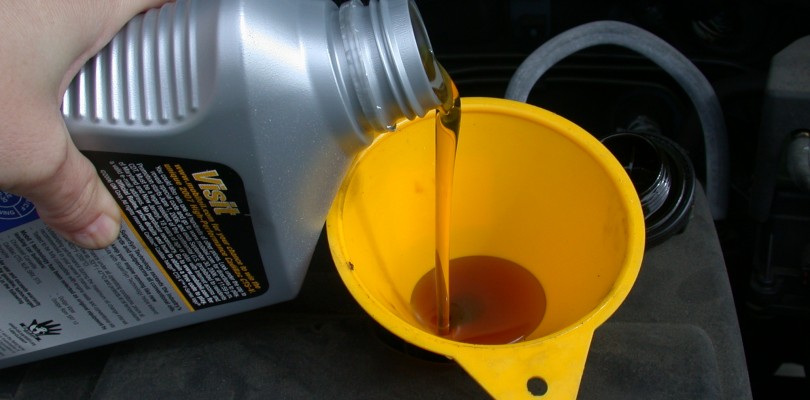How to do your own Oil Change and Still Preserve the Environment

How to do your own Oil Change and Still Preserve the Environment
By James Hamel
In our hectic daily lives the thought of changing the oil in our own cars has mostly become a thing of the past. With the onset of tightened laws regarding oil waste disposal it can also be quite the hassle to dispose of your own oil, as well. But there are still some die-hards out there who just won’t trust anyone with changing the oil in their pride and joy.
While there are some quick oil change facilities that are very inexpensive, getting your oil changed at a dealership is often times more expensive than changing your own oil so there is a cost saving benefit, as well. You just need to be sure you know what you are doing.
First thing, you need to know exactly what kind of oil your car, truck or SUV uses. The best way to find out is by either checking your owner’s manual or by calling the service department of the auto dealership where you bought your car. You can then buy the specific viscosity of oil from your dealership or from an auto parts store.
It is crucial you get the viscosity of oil correct for your particular car because choosing the wrong type can lead to your engine burning through the oil and levels getting dangerously low. If your engine runs out of oil it could possibly lead to you needing an entirely new engine so this is very critical.
First off, you will need supplies. You need the correct oil and filter for your car, a filter wrench, a funnel, ratchet or open ended wrench, clean rags, a jack and a plastic used oil catcher. You can find all these items at an auto parts store. If you don’t feel comfortable lifting your own car with a jack by yourself don’t try to change your own oil.
Find the strong point under the vehicle (usually right behind the front tires) and lift the car off the ground with a jack (check your owner’s manual for specifics as to where it is on your vehicle). Then locate the oil drain plug at the bottom of the oil pan (if you have trouble finding it buy a repair guide for your particular vehicle). Place the plastic oil catch under the drain plug and loosen it with your rachet. Allow the oil to drain completely into the plastic receptacle before removing the oil filter.
Then reverse the steps and replace the drain plug but make sure not to over-torque it too tightly or you can strip the metal. Use a bit of new oil to lubricate the rubber ends of your oil filter and fill it less than 2/3 full of oil (if it spills a bit that is okay if you keep the plastic oil gathering receptacle beneath it). Then use your oil filter wrench to screw on the oil filter which is usually located in plain sight under your car (but double check with your owner’s manual or service guide).
Finally it is now safe to lower your car to the ground and then refill your vehicle with the full amount of oil. Be sure you know how many quarts of oil your car takes by checking the owner’s manual and then underfill it by about ½ quart. There will still be oil left in your car so if your car takes 4 quarts you should fill it with 3 and ½ quarts so it won’t overflow. Always use a funnel to put oil into your engine to avoid spillage and once you are done check your dipstick to make sure the level is correct. One last thing! Remember to screw on the oil filler cap once you are finished! If oil splashes out it can cause an engine fire and that would suck.
Remember it is illegal to just throw your used motor oil in the trash so you have to find a local recycling center. Used motor oil can be recycled into home heating oil so you are doing your part for the environment by disposing wisely. You can either check with a local service station to see if they accept used motor oil or you can find a local recycling center at http://www.earth911.com.



